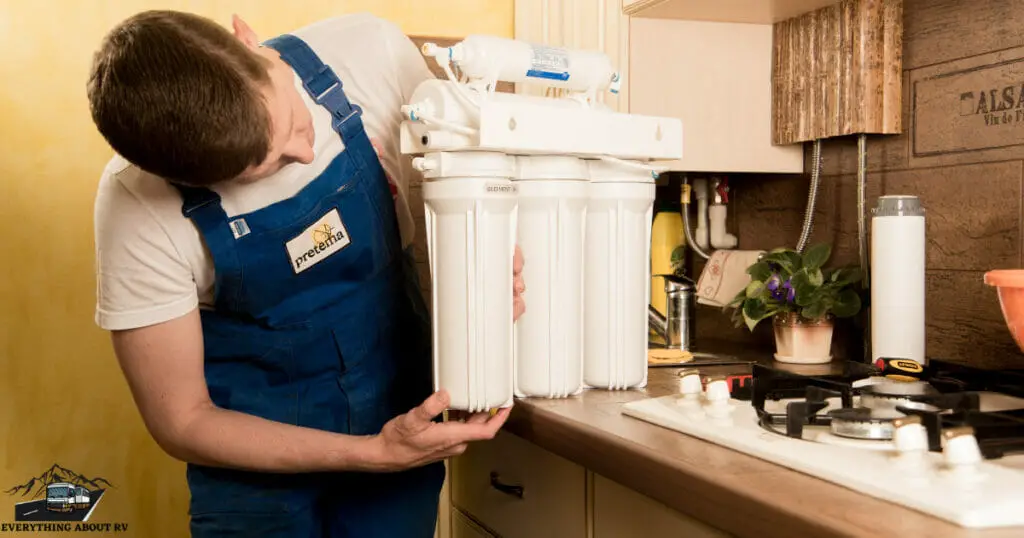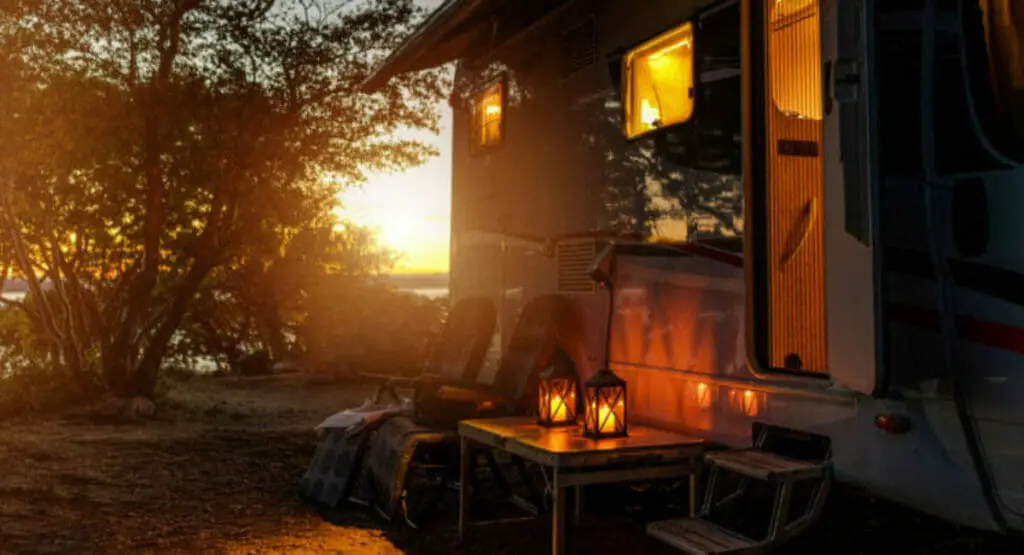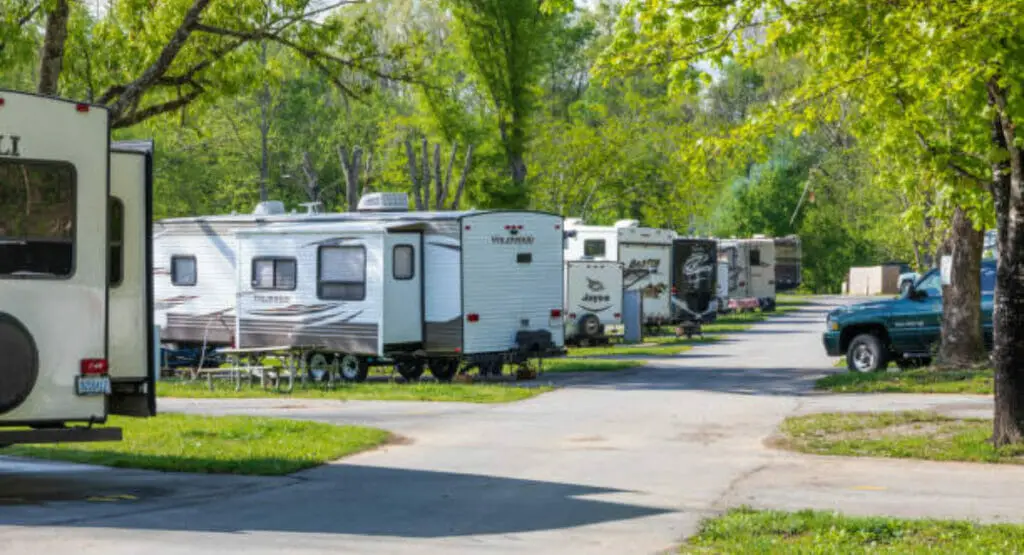Introduction
RV water filters are essential to any RV water system as they remove contaminants and toxins from the water supply, ensuring that it is clean and safe to drink. RV water filters, like any other filter, must be updated on a regular basis to maintain their efficacy and avoid problems caused by a clogged filter. In this article, we will discuss how often to replace your RV water filter and provide tips on identifying signs of a clogged filter and replacing it properly.
I. How Frequently Should an RV Water Filter Be Replaced?
One of the most common concerns that RV owners have is how often they should update their RV water filter. Depending on usage and water quality, the general guideline is to replace your RV water filter every three to six months. However, some factors can influence the frequency of replacement, such as:
1. Water Quality:
If you camp in a region where the water quality is poor, your RV water filter may have to work harder and may need to be replaced more regularly.
2. Usage Frequency:
If you use your RV regularly, you may need to replace your water filter more frequently than if you use it infrequently.
3. Filter Type:
The lifespan of various types of filters varies. Carbon filters, for example, require more frequent replacement than ceramic filters.
Even if it hasn’t reached the specified time limit, it’s critical to pay attention to the symptoms that your RV water filter needs to be replaced.
II. Signs of a Clogged RV Water Filter
A blocked RV water filter can cause a number of issues, including decreased water pressure, an unpleasant taste or odor, and discolored water. Here are some signs to look out for that may indicate a clogged RV water filter:
1. Decreased Water Pressure:
If you notice a decrease in water pressure when you turn on your faucets or shower, it could be a sign that your RV water filter is clogged. This happens because the filter is restricting the flow of water.
2. Unpleasant Taste or Odor:
If you detect a strange or unpleasant taste or odor in your RV water, it could indicate that your filter is clogged. Over time, contaminants can build up in the filter, leading to a musty or moldy smell or a metallic taste.
3. Water discoloration:
If you discover that your RV water has a brown or yellow tinge or seems hazy, it could be a sign that your filter is clogged. Because the filter is incapable of removing sediment and other particles from the water, this occurs.
If you notice any of these signs, it’s critical that you change your RV water filter as soon as possible to ensure that your water supply is clean and safe to drink.
III. How to Replace RV Water Filter
Changing your RV water filter is a straightforward task that can be completed in a few stages. Here’s how to go about it:
Cut the water supply: Before you begin replacing your RV water filter, make sure to switch off your RV’s water supply. This will stop the flow of water while you work on the filter.
1. Remove the old filter:
Locate and gently remove your RV water filter from its housing. Depending on the type of filter, you may need to remove the housing or just take the filter out.
2. Installing a New Filter
Insert your new RV water filter into the filter housing, making sure that it is properly aligned and firmly in place. Replace the housing on the RV water system, taking care not to overtighten it.
Switch on the water supply. After installing the new RV water filter, reconnect the water supply. Run the water for a few minutes to wash out any air bubbles and maintain proper water flow.
3. Inspect for leaks:
After installing the new RV water filter and turning on the water supply, inspect the filter housing and connections for leaks. Before using your RV’s water system, make sure everything is tight and secure.
It’s crucial to remember that replacement instructions for different RV water filter systems may change significantly. Always refer to and carefully follow the manufacturer’s instructions to guarantee correct installation and performance.

Conclusion
Finally, RV water filters are critical in ensuring that your water supply is clean and safe to consume while traveling. Yet, in order to preserve their efficacy and avoid potential problems, these filters must be updated on a regular basis. You can keep your RV water system running smoothly by following the suggested replacement schedule and keeping a lookout for indicators of a blocked filter. For the correct installation and repair of your RV water filter, please follow the manufacturer’s recommendations. You may enjoy clean and safe drinking water on your RV trips by replacing your RV water filter as needed and following the installation instructions.



